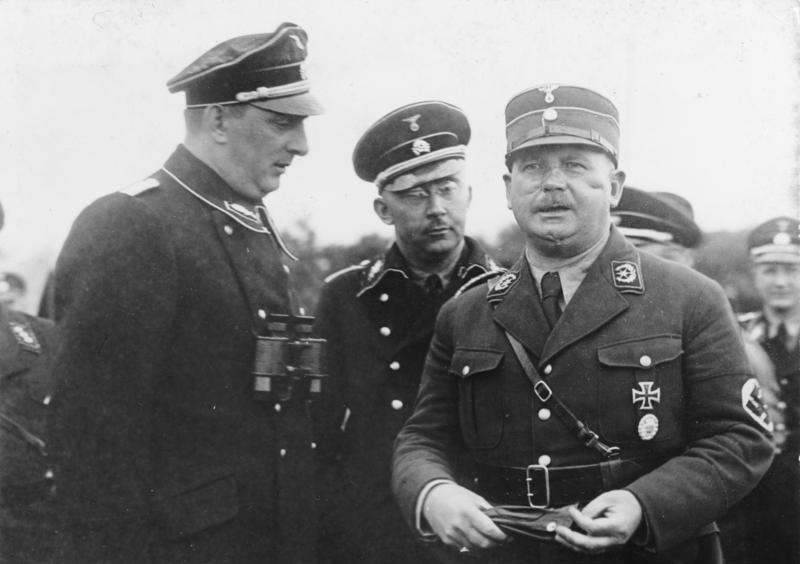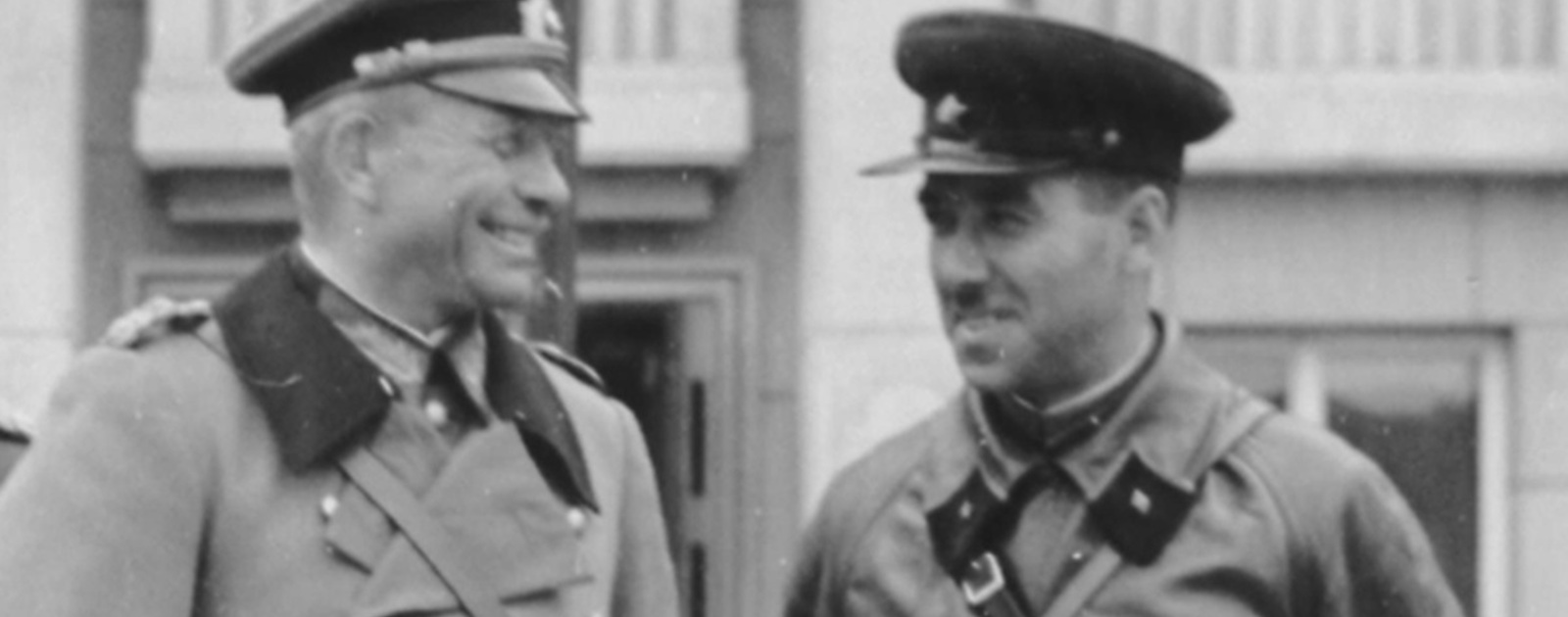Are you suggesting the "Night of the Long Knives" did not happen, and that Hitler did not have Roehm killed, along with all the other socialists?

en.wikipedia.org
{...
The
Night of the Long Knives (
German:
 Nacht der langen Messer
Nacht der langen Messer (
help·
info)), or the
Röhm purge, also called
Operation Hummingbird (German:
Unternehmen Kolibri), was a
purge that took place in
Nazi Germany from June 30 to July 2, 1934. Chancellor
Adolf Hitler, urged on by
Hermann Göring and
Heinrich Himmler, ordered a series of political
extrajudicial executions intended to consolidate his power and alleviate the concerns of the German military about the role of
Ernst Röhm and the
Sturmabteilung (SA), the Nazis'
paramilitary organization, known colloquially as "Brownshirts". Nazi propaganda presented the murders as a preventive measure against an alleged imminent
coup by the SA under Röhm – the so-called
Röhm Putsch.
The primary instruments of Hitler's action, which carried out most of the killings, were the
Schutzstaffel (SS) paramilitary force under Himmler and its
Security Service (SD), and
Gestapo (
secret police) under
Reinhard Heydrich.
Göring's personal police battalion also took part in the killings. Many of those killed in the purge were leaders of the SA, the best-known being Röhm himself, the SA's chief of staff and one of Hitler's longtime supporters and allies. Leading members of the leftist-leaning
Strasserist faction of the
Nazi Party, including its figurehead,
Gregor Strasser, were also killed, as were establishment conservatives and anti-Nazis, such as former Chancellor
Kurt von Schleicher and
Bavarian politician
Gustav Ritter von Kahr, who had suppressed Hitler's Munich
Beer Hall Putsch in 1923. The murders of SA leaders were also intended to improve the image of the Hitler government with a German public that was increasingly critical of thuggish SA tactics.
Hitler saw the independence of the SA and the penchant of its members for street violence as a direct threat to his newly gained political power. He also wanted to appease leaders of the
Reichswehr, the German military, who feared and despised the SA as a potential rival, in particular because of Röhm's ambition to merge the army and the SA under his own leadership. Additionally, Hitler was uncomfortable with Röhm's outspoken support for a "second revolution" to redistribute wealth. In Röhm's view, President
Hindenburg's appointment of Hitler as chancellor on January 30, 1933, had brought the Nazi Party to power, but had left unfulfilled the party's larger goals. Finally, Hitler used the purge to attack or eliminate
German critics of his new regime, especially those loyal to Vice-Chancellor
Franz von Papen, as well as to settle scores with old enemies.
[a]
At least 85 people died during the purge, although the final death toll may have been in the hundreds,
Night of the Long Knives - Wikipedia[c][d] with high estimates running from 700 to 1,000.[1] More than a thousand perceived opponents were arrested.[2] The purge strengthened and consolidated the support of the military for Hitler.
...}
The SS were totally capitalist right wing military and aristocracy.
The SA were the socialists.






